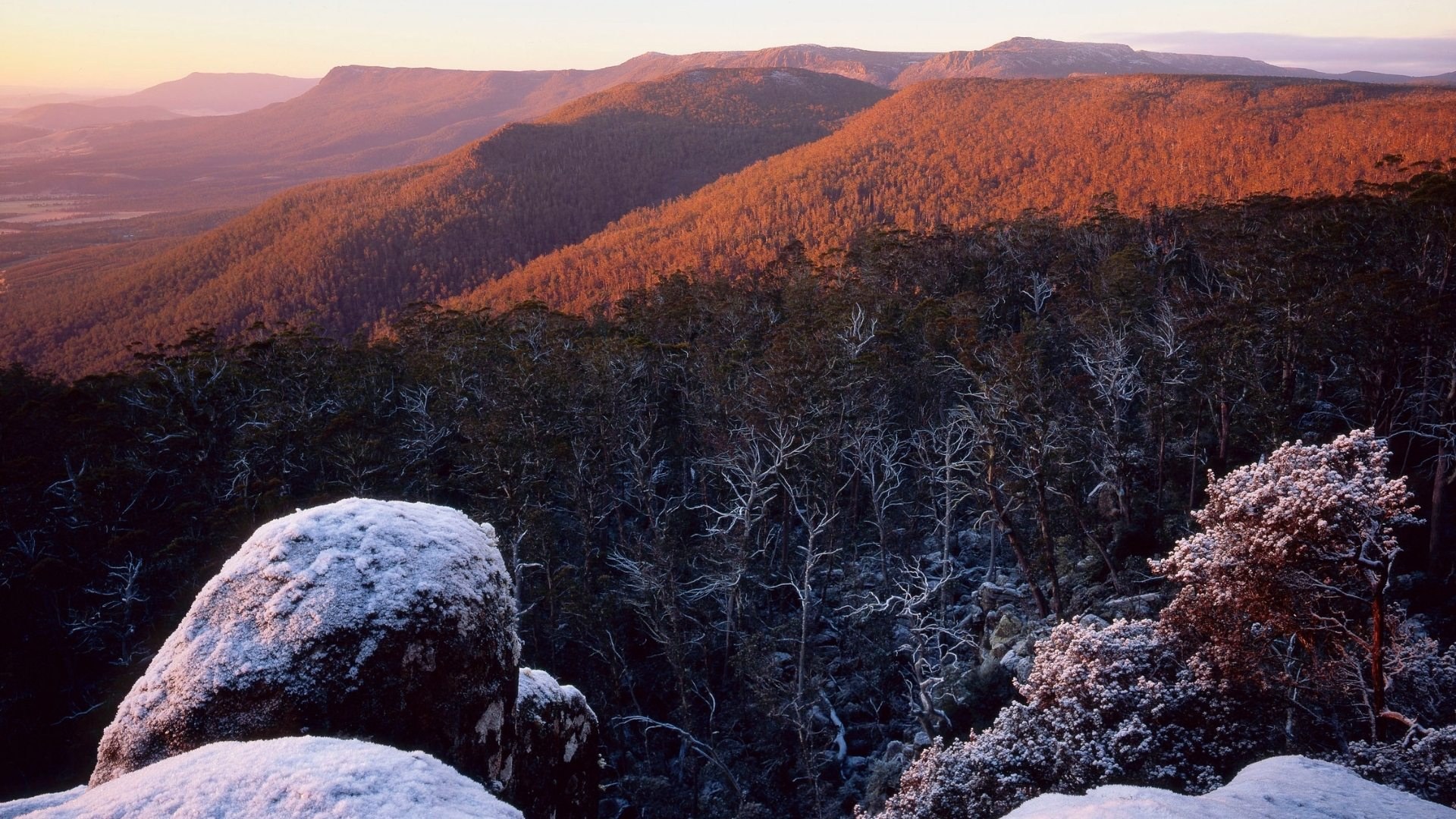News - 04 November 2022
Tasmanian & Australian Governments’ Broken Promises On Kooparoona Niara (Great Western Tiers) Gets A Global Audience
2022 World Heritage Watch (WHW) report released last week includes article about government failures regarding the Tasmanian Wilderness World Heritage Area
Article details broken promises on kooparoona niara and Tasmanian and Australian governments’ failure in test of international environmental leadership
World Heritage Watch is the international peak body for World Heritage matters

The new World Heritage Watch report 2022 has been released and among the 56 articles on the status of global World Heritage sites was an article written by the Wilderness Society about the Tasmanian Wilderness World Heritage Area (TWWHA).
“Our article, titled ‘Broken Promises in the Tasmanian Wilderness,’ explains how, seven years after the 2015 UNESCO/IUCN 'Reactive Monitoring Mission’ to lutruwita / Tasmania, the Tasmanian and Australian governments had made serial public promises to the international community to accept the RMM report recommendations in full, but haven't delivered. Instead, they have dragged their feet for the last seven years, failed to demonstrate international leadership and, worst of all, failed to do what they promised they would and honour their commitments,” said Jimmy Cordwell, the author of the article.
“Coincidentally, at the same time the report was published, the Tasmanian Government is attempting to use an allowance motion to try and get its low-bar changes to the TWWHA through the parliament.
“At the heart of these failures is the Tasmanian Government’s failure to support the palawa people’s proposal for a groundbreaking new Aboriginal owned and run kooparoona niara (Great Western Tiers) National Park.
“One of the RMM recommendations the governments said they would support was Recommendation 11, the creation of a new national park. The island hasn’t seen the creation of a substantial new national park in more than 30 years and the kooparoona niaria could be a brilliant way to support the palawa community, create an alluring new tourism icon and fulfill the global need to properly protect 30% of land by 2030.
“But as well as dudding the international community, the Tasmanian Government is dudding its own constituency. The results of its public consultation showed that 97% of respondents supported the creation of a new national park but they have been ignored too.
“This perhaps helps explain why our petition drawing attention to these failures has had such a strong response: More than 18,000 people signed on to our open letter to the World Heritage Chair earlier this year on this matter. It’s clear people want these globally significant high conservation value landscapes properly protected as the government promised.
“We urge members of the Upper House of the Tasmanian Parliament not to compound these broken promises and instead send the Tasmanian Government’s poor proposal back to the drawing board. As a World Heritage custodian, we are obliged to set the bar high,” said Mr Cordwell.
Contact: Jimmy Cordwell 0447 721 882
Background
Conservation groups have provided the Tasmanian Government with a detailed submission to support the palawa community and the unique and historic concept of a new national park that would also be returned to and run by its rightful owners, the palawa people.
In 2014 the Australian government, under Prime Minister Tony Abbott, attempted to delist over 74,000 hectares of Tasmanian Wilderness World Heritage Area, sending shockwaves through the international community. The public responded and this barbaric move was stopped, but it tainted Australia’s global reputation as a strong World Heritage steward.
In addition to the kooparoona niara (Great Western Tiers) NP proposal, the land in question includes three important areas of the World Heritage Area, located immediately adjacent to Cradle Mountain - Lake St Clair, Walls of Jerusalem, and the Southwest National Parks.
These areas adjoining existing National Parks should have their Outstanding Universal Values protected and incorporated - through the Tasmanian Nature Conservation Act 2002. This process has been applied to the public land surrounding Mole Creek Karst NP (and its extension), and the same should occur here. (See NCA Part 3, Section 16 (1) (a) (ii). See below.
